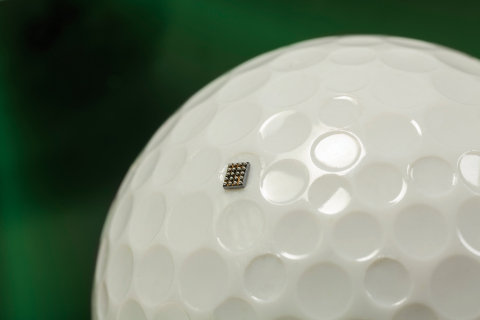While there is no single textbook definition of the Internet of Things (IoT) most would agree that essentially it refers to a world where all types of electronic devices link to each other via the Internet. In 2009, there were 2.5 billion connected devices and most of these were mobile phones, PCs and tablets. According to the latest Gartner estimates IoT devices will increase to 26 billion installed units by 2020. Yes, that’s billion with a “B”.
IoT applications are popping up in various areas including health-based wearables, intelligent buildings, smart grids, cars loaded with advanced sensors to help alleviate traffic congestion and reduce accidents, intelligent lighting, smart thermostats in the home and so on. Advancement in sensor technology, efficient MCUs, low-power wireless networks and cloud computing all are helping the realization of this broader, newer IoT.
A typical IoT node contains one or more sensors that could include a blood pressure monitor, water or gas flow meters for smart energy, radar vision for active car safety or doors and locks with open/close circuits that can report a house intrusion.
Embedded processing is at the heart of the IoT. Local processing capability is most often provided by MCUs, which are expected to be responsible for not only controlling sensors and wireless communications but also providing intelligence for edge node devices before sending data to the cloud.
Small size and low power are paramount MCU IoT drivers. Things that are small can go into a lot of different places, generate less heat and do not require a lot of power. For example, Freescale’s Kinetis KL03, which it calls the “world's smallest” 32-bit MCU based on ARM technology, measures just 1.6 by 2.0 mm, which is 15% smaller than its predecessor. The device has the ARM® Cortex™-M0+ core at its heart and features a high-speed 12-bit ADC that will allow the device to interface to analog-based sensors, which will be prevalent in IoT sensor nodes, as well as a ROM-based boot loader and an internal voltage reference source for the ADC.

Fig. 1 The Freescale Kinetis KL03 is smaller than the dimple on a golf ball
After a device becomes smart through the integration of embedded processing, the next step is remote communications. The IoT-specific protocol stack has a lot of contenders, including wireless protocols like ZigBee, Bluetooth, Z-Wave, 6LoWPAN, and Wi-Fi.
802.15.4 based technologies (e.g. ZigBee), as well as the proprietary Z-wave RF protocol used in home automation systems have a range advantage as they support mesh networks, whereby coverage can be extended. However the lack of native support for 802.15.4 in mobile devices (smartphones, tablets, laptops, etc.) is a potential problem, especially in mobile use cases. As for low energy utilization, thanks to its impressive power savings and compatibility, Bluetooth Low Energy (BLE) is expected to play a key role in the IoT and, in particular, in wearable technologies.
As an example consider Nordic’s Bluetooth low energy solutions including the nRF51822, a wireless SoC that incorporates Nordic’s latest radio transceiver, an ARM Cortex M0 CPU, 256kB flash and 16kB RAM memory.
Wi-Fi will be used in IoT devices where cost and low power is less important and as a backbone combined with the other wireless technologies, especially for providing connection to “the cloud”
Engineers looking for more IoT information and design support would do well to consult the following Application and Featured Technology pages on the Mouser website: Low Power, RFID, RF Wireless, Sensor, and Wireless Mesh Networking, among others.
By Murray Slovick
Advertisement





